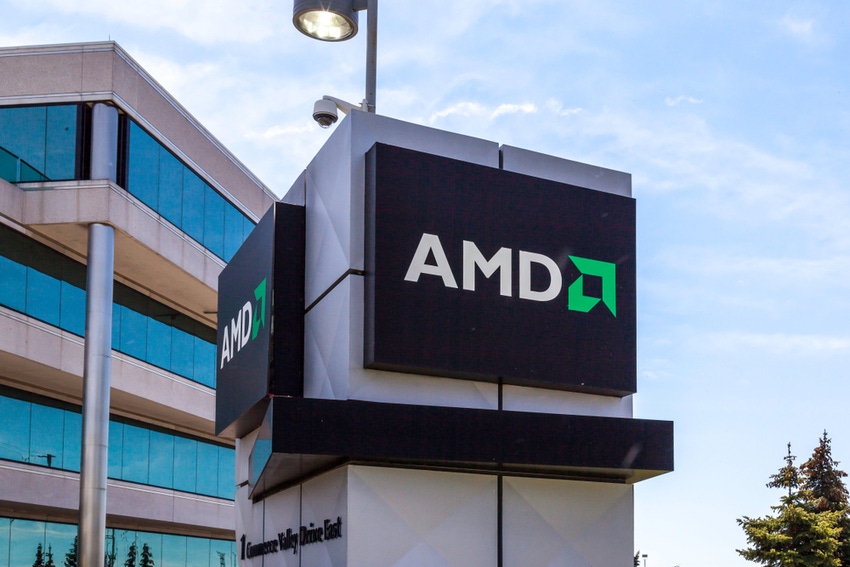Xilinx will help AMD expand into AI-based edge infrastructure and endpoints.
February 15, 2022

Having cleared all regulatory approvals, AMD’s acquisition of Xilinx has closed, nearly 16 months after announcing the deal. AMD revealed the completion of the deal on Monday. The $49 billion transaction makes it the largest ever in the semiconductor industry.
When they agreed to the deal in October of 2020, it was valued at $35 billion. Since then, a sharp rise in AMD’s stock price, despite last month’s decline, increased its market cap to $135 billion. AMD’s recently reported revenues of $16.4 billion in 2021 surged 68% compared to 2020.
Xilinx is a provider of field programable gate arrays (FPGAs) and programable system on chips (SOCs). AMD believes Xilinx with its AI capabilities, it will be able to create intelligent edge devices, networking and software-defined infrastructure.
Now that the transaction is complete, Xilinx will become AMD’s Adaptive and Embedded Computing Group (AECG). Xilinx CEO Victor Peng will lead AECG as its president. AMD’s plan is for AECG to remain focused on FPGAs, Adaptive SoCs, Smart NICs and associated software, while using AMD’s scale to add new platforms.
Keep up with the latest channel-impacting mergers and acquisitions in our M&A roundup. |

AMD’s Lisa Su
Lisa Su, AMD’s CEO, said the AECG will also develop high-performance CPUs and GPUs.
“It’s about a much broader product portfolio,” Su told Yahoo Finance. “We now have CPUs, GPUs, FPGAs, adaptive SOCs, basic capabilities that can go across the most important markets in the world.”
Expanding Data Center Capabilities
Moor Insights & Strategy founder and principal analyst Patrick Moorhead believes AMD and Xilinx can expand their respective embedded markets. Moorhead emphasized in a Forbes post that AMD’s strongest opportunity to gain new technical ground is in the data center.

Moor Insights’ Patrick Moorhead
“With new AI inference capabilities for the data center, I could see AMD having much stronger offerings to compete with both NVIDIA and Intel,” Moorhead noted. “AMD, technically, has already been targeting the data center AI training market with GPUs but it has not resulted in a high degree of market share success. Xilinx has been focused on AI inference, and their software stacks are more mature, and I think will bring much needed software resources and expertise to the party.”
The first processor with Xilinx’s AI-based IP will appear next year, Moorhead noted, based on a weekend conversation with Su.
“The future of data center processors are flexible and accelerated processors with the right balance of programmability and the most efficient, fixed function blocks in very sophisticated packaging,” Moorhead noted. “Xilinx has quietly built an impressive array of high-performance packages and interconnects for its adaptive SOCs.”
AMD’s completion of the Xilinx acquisition comes a week after Nvidia called off plans to acquire Arm. That deal, announced in September 2020, was valued at $40 billion at the time. But regulators in several countries signaled they weren’t going to approve it.
Read more about:
VARs/SIsAbout the Author(s)
You May Also Like


